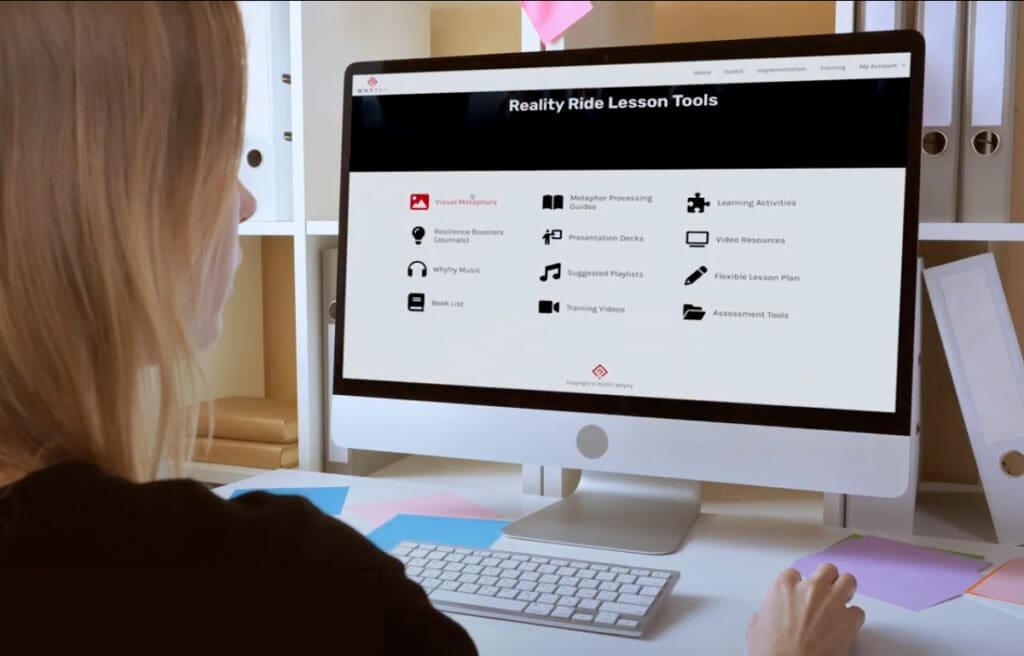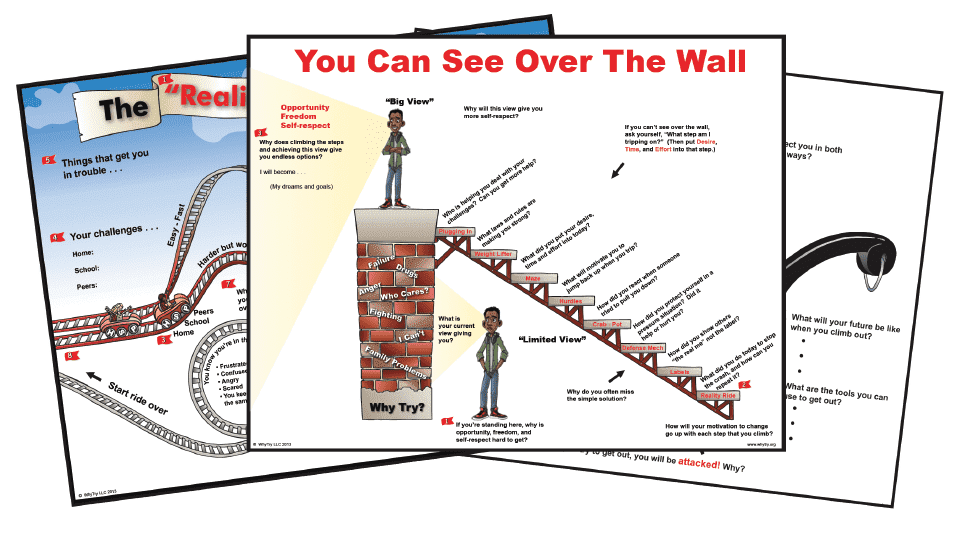Thank you for attending our event today!

Get Our Free Resilience Bundle!
Thank you for attending our presentation today. Here is access to Our Free Resilience Bundle!
What Separates WhyTry From Other Programs & Tools

The WhyTry Program
WhyTry is a flexible toolkit and curriculum for K-12 teachers and counselors. It provides simple, hands-on strategies and resources to help motivate the unmotivated student, support students with trauma, improve engagement, and increase academic success. The idea is straightforward: teach life skills and resilience to youth in a way they can understand and remember.
Are You Looking For Pricing Or To Make A Purchase?
You can purchase a single-user license to the program materials here. (this is a facilitator license) There is no limit on the number of students taught with this license. This includes a full year of access to the toolkit plus training.
Team and site licenses are available at a discounted rate. For questions or discounted pricing options, click here to request a quote

$599
10 WhyTry Learning Units
The WhyTry curriculum utilizes a series of
ten visual analogies that teach essential
life skills including:
- Decision-making
- Positive self-esteem
- Emotional regulation
- Having a resilient mindset
- Peer influence & relationships
- Problem-solving
- Hard work & Determination
- Responsibility and expectations
- Relationship building
- Self-efficacy

The Power of Visual Metaphors
One of the most unique things about WhyTry is how we use visual metaphors to teach these important principles to students in a way they can understand and remember. The powerful thing about using this visual approach is the way it takes abstract concepts and puts them into a context through the use of a metaphor that students can understand. It essentially creates a language for educators to communicate the relevance of these things.

